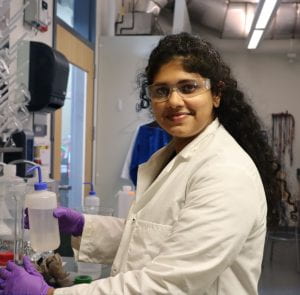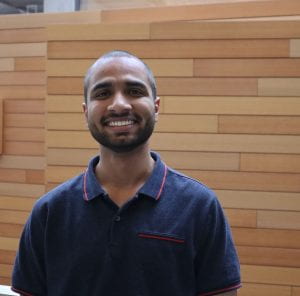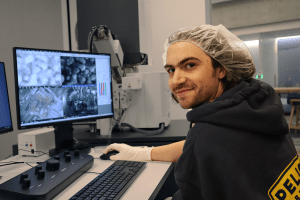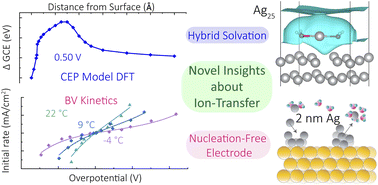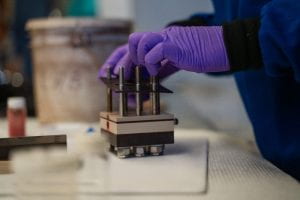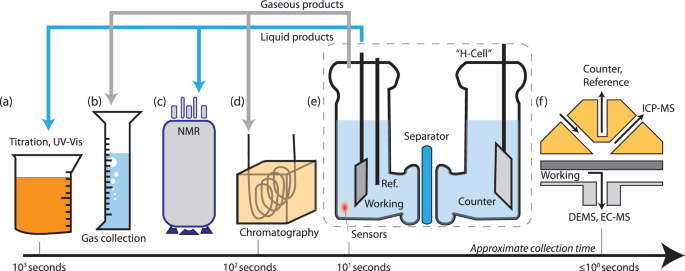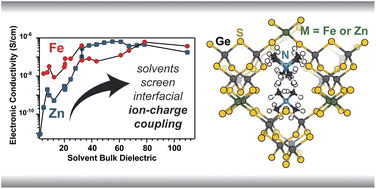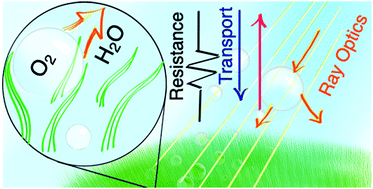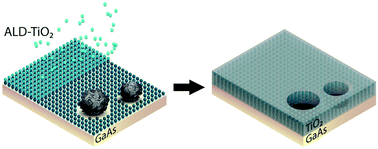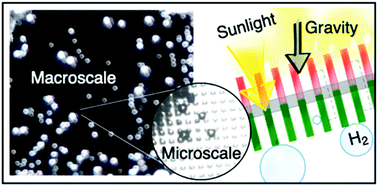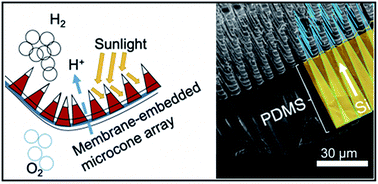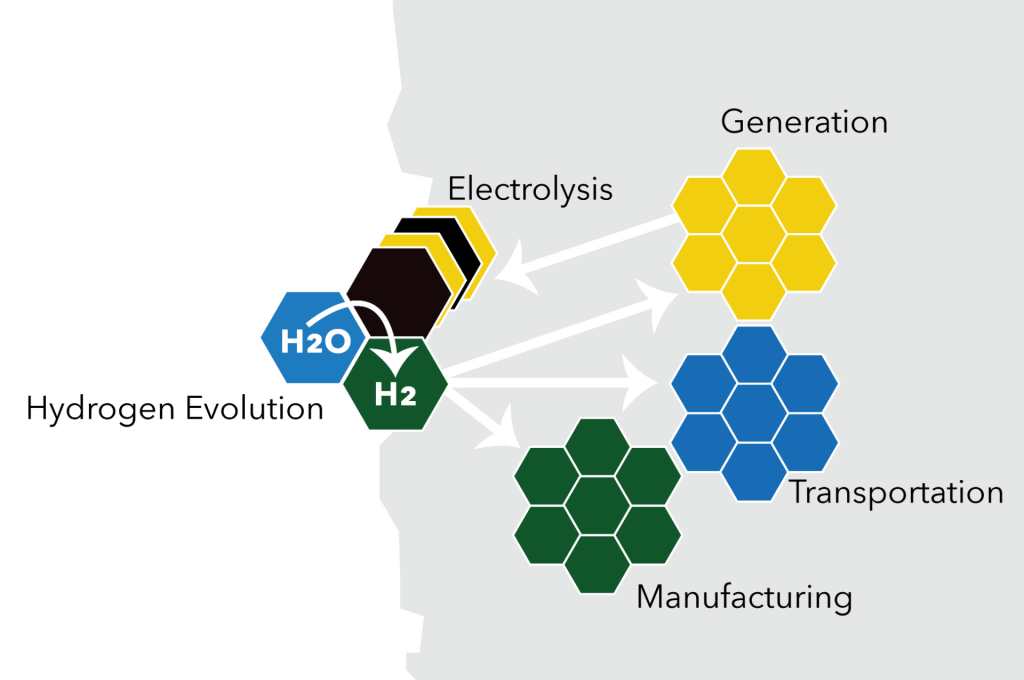
Deep decarbonization is necessary to avoid the most severe effects of climate change. Electrochemistry is positioned to play a significant role in many aspects of decarbonization. We are broadly interested in electrochemical devices for grid-scale energy storage used to support intermittent wind and solar energy and electrified manufacturing for building materials and commodity chemicals. Specifically, we are interested in electrochemical production of iron metal for steelmaking and the behavior of low-cost metal/metal oxide anodes used in aqueous batteries for long duration energy storage. Motivated by these applications of electrochemistry, we research how ions interact with interfaces, how interfaces interact with electrochemical stacks, and how stacks interact with energy networks.
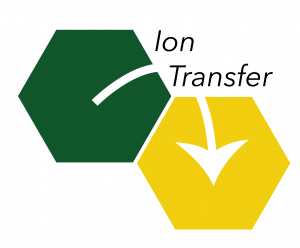
Ion transfer reactions are a fundamental step to fuel forming electrochemical reactions, electroplating for manufacturing and energy storage, and corrosion reactions that limit the durability of devices. We prepare micro- and nanoscale electrodes that act as differential reactors, allowing the direct study ion transfer kinetics. Model systems of interest include metal adatoms at single-crystal surface, dissolution and reduction at individual nanoparticles, and ion transfer across liquid-liquid interfaces.

Research on the materials and design of electrochemical stacks is essential for realizing low-cost industrial electrochemical processes. We study advanced meshes and bipolar plates that lower stack costs, improve mass transport via controlled gas evolution, and allow continuous harvesting of metals produced via electrowinning.
Noble, B.B., Konovalova, A., Moutarlier, L.J., Brogden, V. & Kempler, P.A. (2024) Electrochemical chlor-iron process for iron production from iron oxide and salt water. Joule (in press)
Kempler, P. A., Coridan, R. H., & Lewis, N. S.* (2020). Effects of bubbles on the electrochemical behavior of hydrogen-evolving Si microwire arrays oriented against gravity. Energy & Environmental Science, 13(6), 1808-1817.

Energy networks and economics control the commercial viability of electrochemical processes for energy storage, transportation, and manufacturing. We use data on transmission networks for electricity, fuels, and transportation to understand how electrochemistry can be used to balance future electricity grids.
Kempler, P. A.,* Slack J., & Baker, A. M. (2022). Electrochemical research priorities for affordable seasonal energy storage using electrolyzers and fuel cells. Joule. In press. (featured in pv magazine international )
Funding
We are grateful for support from the U.S. Department of Energy Basic Energy Sciences program and the Office of Energy Efficiency & Renewable Energy.
![]()
![]()



 Nick D’Antona graduated from St. Mary’s College of Maryland with degrees in chemistry and applied physics. In collaboration with the Boettcher lab, he is studying the kinetics and mechanism of ion transfer at the interface between two immiscible electrolyte solutions (ITIES) under hydrodynamic conditions. He has designed both microfluidic electrochemical cells and nanopipette electrodes for ITIES measurements and simulates the resulting flow profiles in COMSOL.
Nick D’Antona graduated from St. Mary’s College of Maryland with degrees in chemistry and applied physics. In collaboration with the Boettcher lab, he is studying the kinetics and mechanism of ion transfer at the interface between two immiscible electrolyte solutions (ITIES) under hydrodynamic conditions. He has designed both microfluidic electrochemical cells and nanopipette electrodes for ITIES measurements and simulates the resulting flow profiles in COMSOL.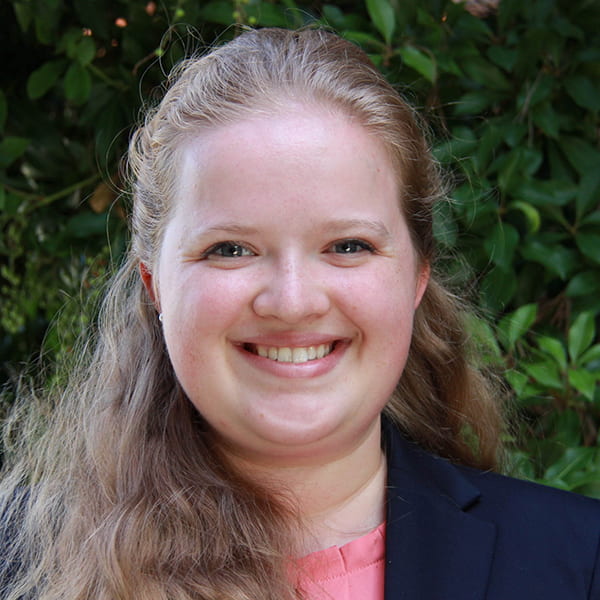 Kira Thurman is a graduate of the Master’s internship program in polymer science and has also worked as a researcher at NREL prior to arriving at Oregon in 2021. She is co-advised by the Boettcher lab as part of the Liquid Sunlight Alliance (LiSA) and is studying fundamental aspects of corrosion reaction kinetics using well-defined monolayers on single crystal surfaces.
Kira Thurman is a graduate of the Master’s internship program in polymer science and has also worked as a researcher at NREL prior to arriving at Oregon in 2021. She is co-advised by the Boettcher lab as part of the Liquid Sunlight Alliance (LiSA) and is studying fundamental aspects of corrosion reaction kinetics using well-defined monolayers on single crystal surfaces.